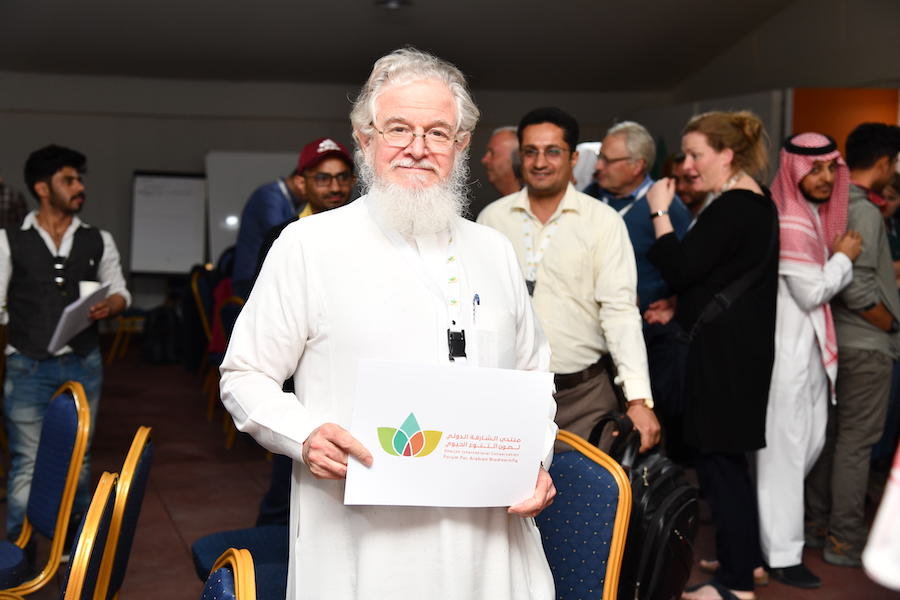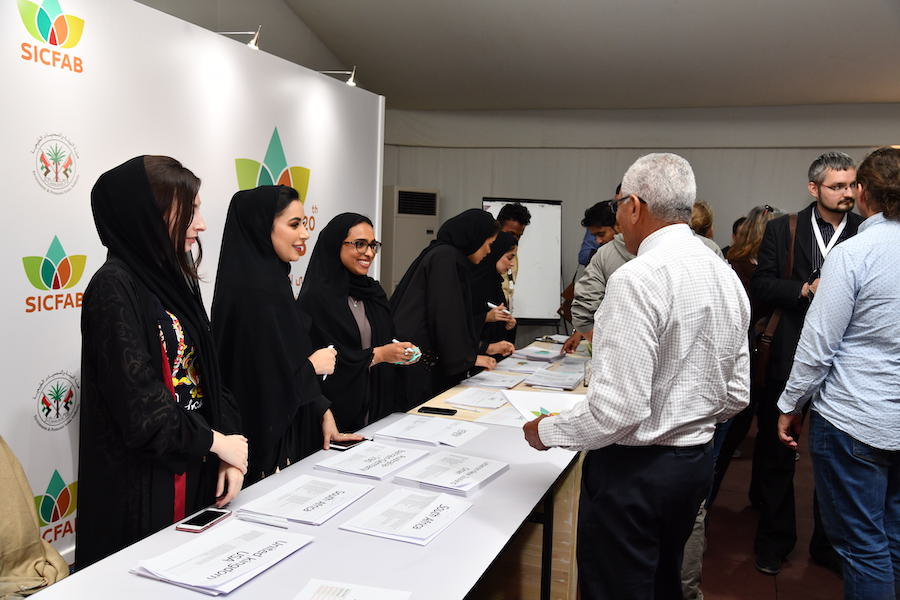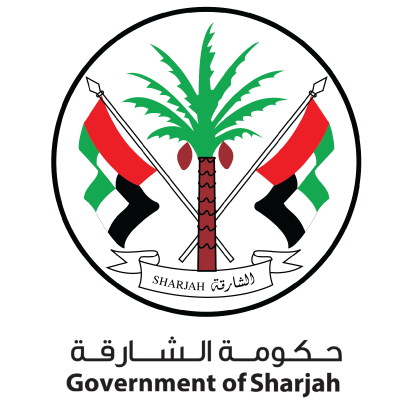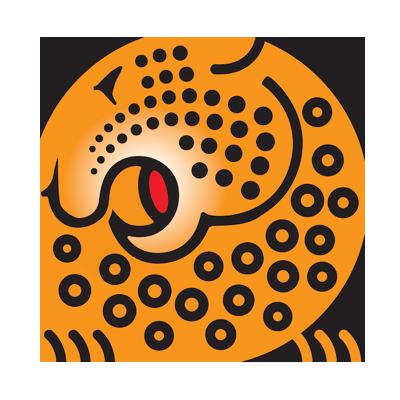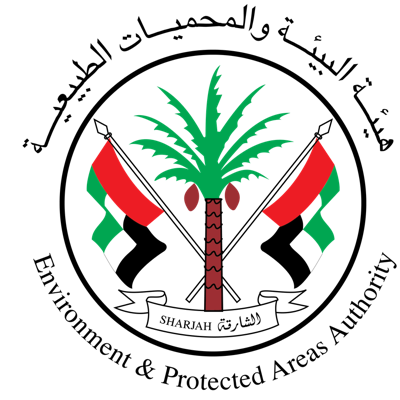About SICFAB
About SICFAB
Conference Overview
Recognizing that a regional approach to biodiversity conservation in the Arabian Peninsula was needed, and that networking and information sharing are pivotal in addressing major regional and global environmental challenges, including climate change His Highness Dr Sheikh Sultan bin Mohammed Al Qassimi hosted the first International Conservation Workshop for Arabia’s Biodiversity (ICWAB) in 2000 at the Breeding Centre for Endangered Arabian Wildlife (BCEAW) in Sharjah. Since then, the workshop has developed to become an established annual event and the only regional biodiversity forum. During the next six years the Workshops continued to focus on assessing the conservation status of a range of regional taxonomic groups.
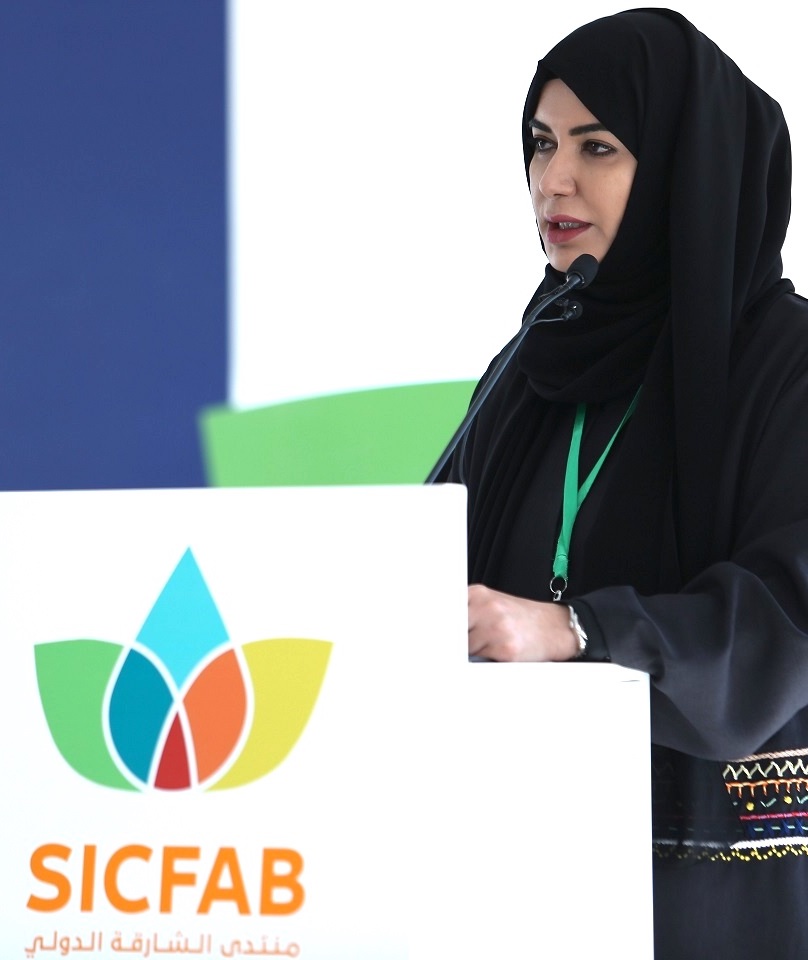
“SICFAB is important because it provide an opportunity for experts and specialists from around the world to gather and exchange expertise, experiences and information, which helps to determine the status of nature in the UAE in particular and in the Arabian Peninsula, which is very biologically diverse, in general.”
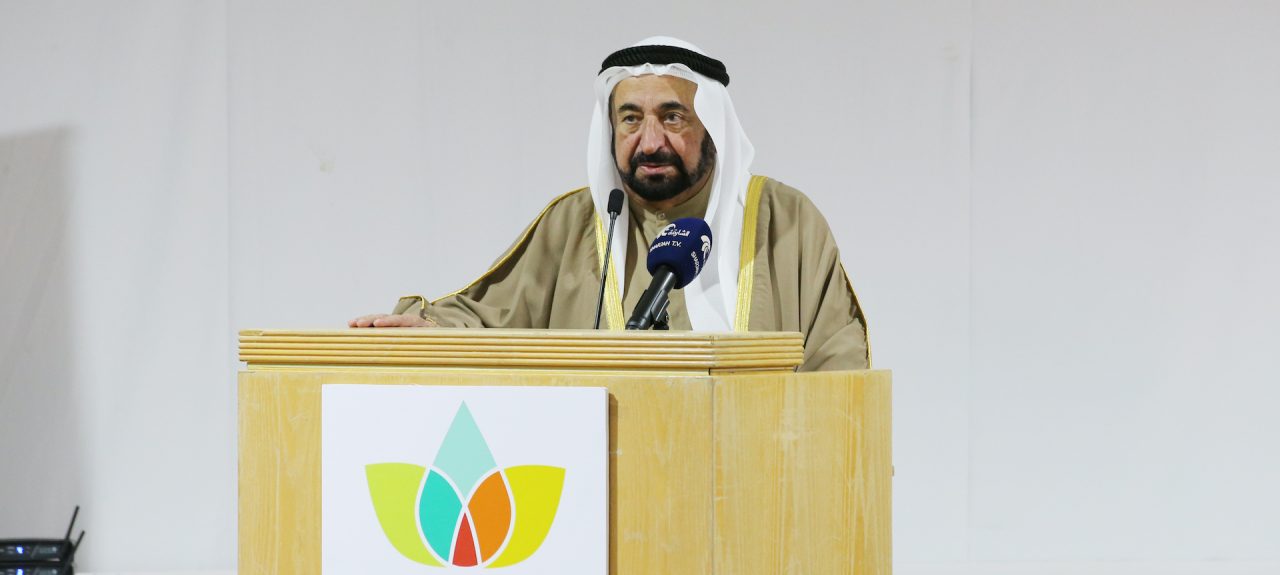
TIMELINE
History of SICFAB

The taxonomic theme focused on a Regional Red List assessment of the trees and aloes of the Arabian Peninsula producing up-to-date accounts of distribution and status, as well major threats and conservation recommendations. This exercise was led by Dr Craig Hilton-Taylor, head of the IUCN Red List Unit, and experts from the Centre for Middle Eastern Plants based at the Royal Botanic Garden of Edinburgh.
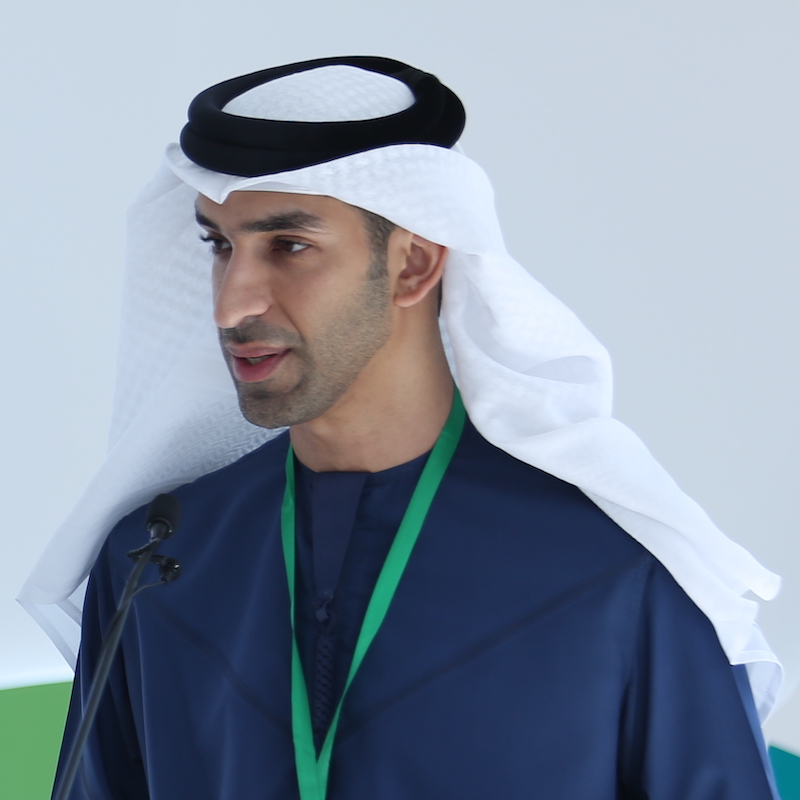
The site-based theme introduced the IUCN Global Standard for the Identification of Key Biodiversity Areas (KBA), working through the definitions, criteria, thresholds, and delineation procedures for KBAs. This introductory KBA workshop was led by Dr Penny Langhammer, and identified a provisional list of KBAs, contributing significantly to global biodiversity and identifying gaps in the protected area networks of the Arabian Peninsula.
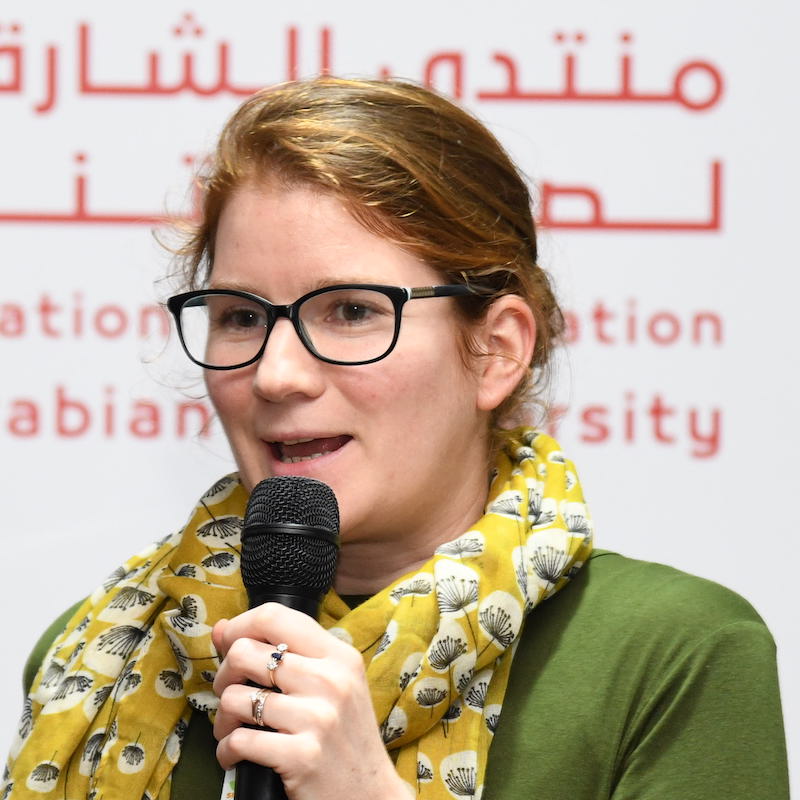
This theme used the new IUCN Reintroduction Guidelines to review conservation translocations in the region and considered aspects such as preparing captive bred animals for release, assessing success, and post-release monitoring. Current issues were discussed, including management of surplus, rehabilitated and pest animals, and translocations in response to development.
Our Culture
Friendly & Professional
